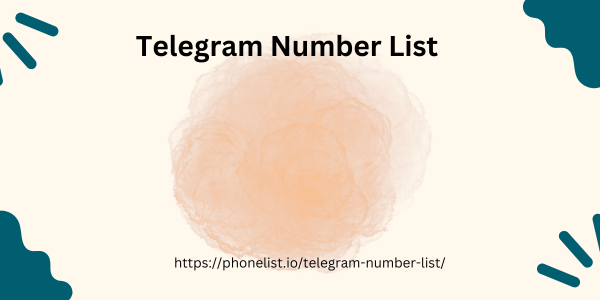Infrared (IR) technology offers several advantages across various applications, making it a popular choice in fields like communication, security, healthcare, and consumer electronics. Here are the key advantages of using infrared technology:
1. Non-Intrusive Communication
Minimal Interference: Infrared signals do not interfere with other wireless communication technologies such as Wi-Fi, Bluetooth, or radio waves, making IR an ideal choice for environments where multiple wireless systems are in use.
Privacy and Security: Infrared communication is typically line-of-sight, meaning the signal is confined to a specific area and is less likely to be intercepted by unauthorized users compared to other wireless technologies.
2. Energy Efficiency
Low Power Consumption: Infrared devices, especially those used in remote controls and sensors, consume very little power. This makes them suitable for battery-operated devices, extending the lifespan of the batteries and reducing the need for frequent replacements.
3. Cost-Effectiveness
Affordable Components: The components used in infrared technology, such as LEDs and photodiodes, are relatively inexpensive to produce. This makes IR technology a cost-effective solution for many consumer and industrial applications.
4. Wide Range of Applications
Versatility: Infrared technology is versatile and can be used in various fields, including:
Communication: Remote controls, wireless keyboards, and other IR communication devices.
Healthcare: Infrared thermometers, pulse oximeters, and other medical devices.
Security: Motion detectors, night vision cameras, and IR-based alarm systems.
Automotive: Proximity sensors, climate control systems, and night vision systems.
5. Non-Contact Operation
Hygiene and Safety: Infrared Bosnia and Herzegovina Telegram Database technology allows for non-contact operation in applications such as temperature measurement and motion detection. For example, infrared thermometers can measure body temperature without touching the person, reducing the risk of cross-contamination in healthcare settings.
6. Fast Response Time
Quick Data Transmission: Infrared communication can transmit data quickly and with low latency, making it suitable for real-time control applications like remote controls and certain wireless communication systems.
7. Environmental Adaptability
Operates in Darkness: Infrared technology, particularly in thermal imaging, can operate effectively in low-light or dark environments. This is advantageous in security systems, automotive night vision, and search and rescue operations.
8. Precision and Accuracy
Accurate Measurements: Infrared sensors and thermometers provide precise temperature measurements, which are crucial in medical diagnostics, industrial processes, and environmental monitoring.
9. Safe for Human Use
No Health Risks: Unlike some other forms of electromagnetic radiation, such as X-rays, infrared radiation is safe for human exposure Buy Job Function Email List at the levels typically used in consumer and industrial applications. It does not pose significant health risks, making it suitable for widespread use.
10. Reliable Operation
Stable Signal: Infrared communication is less susceptible to environmental factors like electromagnetic interference, ensuring a stable and reliable signal, especially in controlled indoor environments.
Conclusion
Infrared technology offers numerous AWB Directory advantages, making it a reliable, cost-effective, and versatile solution for various applications. Its ability to provide non-intrusive communication, energy efficiency, and precision, along with its wide range of uses, contributes to its continued relevance and adoption across different industries.

